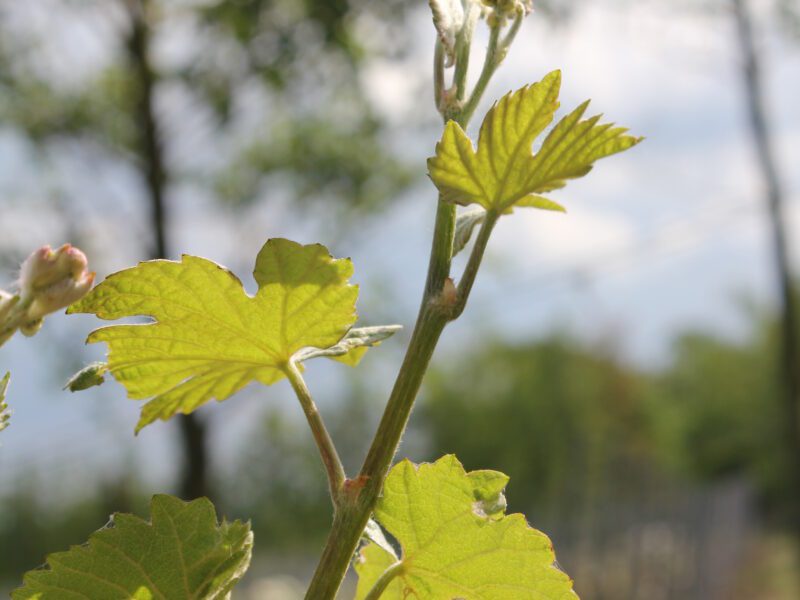The Journey from Pruning to Flowering
As the chill of winter recedes and pruning secateurs are cleaned and put away, the vineyard starts to awaken, preparing for another season of growth and promise. Among the many varieties cultivated in the country, it is Chardonnay, Pinot Noir, Pinot Meunier, Seyval Blanc, and Pinot Gris that hold a special place in the hearts of Saffron Grange. Understanding the intricate dance of sap flow post-pruning and the subsequent vine development up to flowering is crucial for these grape varieties. The following blog delves into this fascinating journey, offering insights into our team’s meticulous care to nurture the vines from their dormant phase to the first signs of flowering.
The Importance of Pruning
As you will have learned from our blog on winter pruning, pruning is an essential viticultural practice carried out during the vine’s dormancy, typically between late winter and early spring. This process involves the careful removal of excess canes and wood to shape the vine and manage its growth. The primary goals are to regulate yield, improve fruit quality, and support the vine. Precise and gentle pruning is critical as it influences the balance between vegetative growth and fruit production whilst also maintaining and improving vine health.
Sap Flow: The Lifeblood of Vines
Once pruning is completed, the next critical phase is the onset of sap flow. As temperatures begin to rise, the vines transition from dormancy to active growth. This period is marked by the phenomenon known as “bleeding” or “weeping,” where sap begins to flow from the pruning cuts. This sap, rich in water, minerals, and sugars, signals the vine’s reawakening.
Sap flow is driven by root pressure, which builds up as the soil warms and the vine’s roots absorb water and nutrients. This pressure pushes the sap upwards through the vine’s vascular system. For English vineyards, where spring temperatures can be variable, monitoring sap flow is vital to ensure that the vines are not stressed by late frosts or sudden temperature drops (more on that in a future blog post!).
Bud Burst: The First Signs of Life
Following sap flow, the next significant milestone is bud burst. The dormant buds swell and eventually burst open, revealing tiny shoots and leaves. This typically occurs in late March to early April, depending on variety and the specific microclimate of the vineyard. For early-budding varieties like Chardonnay and Pinot Noir, careful monitoring during this period is essential to protect the tender new growth from frost damage.
Bud burst sets the stage for the vine’s vegetative growth phase. The shoots elongate, and leaves unfurl, capturing sunlight and kickstarting photosynthesis. This period is crucial for establishing a strong canopy that will support the developing fruit.

